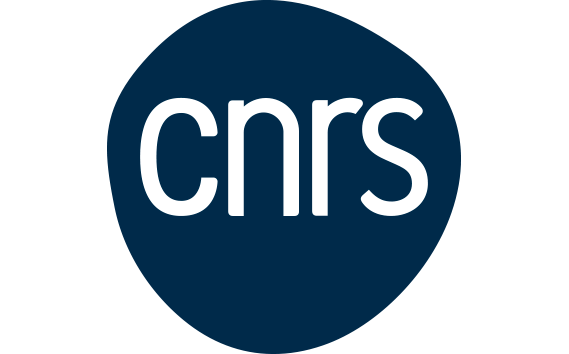MIMIC
A short presentation
The Microfluidics, physIcal-cheMestry and bIology at interfaCes team develops research at the interface between physics, chemistry and biology. The team focuses on physical interfaces as well (drops, bubbles, surfaces, membranes). Our approach combines experiments (fast imaging, microscopies, microfluidics), theory (fluid dynamics, theoretical chemistry, applied math) and of numerical simulations (finite differences, pseudospectral methods, molecular dynamics).
Our research is genuinely interdisciplinary and part of our work is conducted in close collaboration with biologists. Our interests range from fluids and microfluidics, wetting and drops, cavitation bubbles dynamics and biomimetics, to biophysics of fast motion and collective motion in plants and fungi, bacterial biofilms and fungal growth, collective behavior of swimming zoospores, and intracellular pH regulation.
News
- September 2025: New ERC Grants! We are pleased to announce that Ludovic Keiser has been awarded a Starting Grant by the European Research Council for the period 2026–2030. Together with his team, he will develop experimental and numerical models to gain deeper insights into the dynamics of embolism in plant leaves
- June 2025: New Publication: Membrane Proteome of Phytophthora parasitica Zoospores: How Does Sensing Occur? Link
- May 2025: New Publication: Channel deformations during elastocapillary spreading of gaseous embolisms in biomimetic leaves https://doi.org/10.1098/rsfs.2024.0060
- February 2025 - New Publication: Kinetics of zoospores approaching a root using a microfluidic device Link
- January 2025 - 2 New publications: Receding contact line dynamics on superhydrophobic surface https://journals.aps.org/prfluids/accepted/2d077S19I1d13e04a29672753cf519b39e6252e7f, Rapid microfluidic perfusion system enables controlling dynamics of intracellular pH regulated by Na+/H+exchanger NHE1 https://journals.aps.org/prfluids/accepted/2d077S19I1d13e04a29672753cf519b39e6252e7f
- January 2025 - Céline Cohen is our new group leader
-
Novembre 2024 - New publication: Releasing long bubbles trapped in thin capillaries via tube centrifugation and inclination, https://www.cambridge.org/core/journals/journal-of-fluid-mechanics/article/releasing-long-bubbles-trapped-in-thin-capillaries-via-tube-centrifugation-and-inclination/FBA04FC027E675C22A2C9EC2120172FD
- June 2024 - Xavier Noblin becomes "Directeur de Recherche" CNRS
- January 2024 - New ANR project ! The MICROLIT project aims to characterize the effects of lithium on the behavior of marine microorganisms, with a view to developing sensors capable of measuring lithium levels in the coastal environment. It is a collaborative project between 2 INPHYNI teams, the Laboratoire d'Océanographie de Villefranche-sur-mer, the IAEA in Monaco and the start-up KLEARIA.
- November 2023 - New publication: Automated high-content image-based characterization of microorganism behavioral diversity and distribution, https://www.sciencedirect.com/science/article/pii/S2001037023004117?via%3Dihub
- Fluids & Complexity III: in Nice, from December 6 to 8
- Fluids & Complexity: Microfluidics for Life Sciences, in Nice on 11th and 12th Mai 2023.
- October 2022: Céline Cohen defends her "HDR" (Habilitation à Diriger les Recherches)
- October 2022 - New publication : Mechanical impact on a breath figure, Phys. Rev. Fluids, https://journals.aps.org/prfluids/abstract/10.1103/PhysRevFluids.8.013601
- Fluids & Complexity workshops are back: next workshop on September 26th.
- July 2022 - New ANR project accepted ! The COOL project aims at characterize the early dialogue between a host plant and a pathogenic microswimmer, by integrating physical, biochemical and genetic approaches. It is a collaborative project between MIMC team, Institut Sophia Agrobiotech and Laboratoire de PhysioMédecine Moléculaire.
- We are mentioned in the local press: https://www.lamarseillaise.fr/tag/-/meta/mildiou
- Our article highlighted by CNRS: https://www.cnrs.fr/fr/comment-nagent-les-spores-responsables-du-mildiou
- Our article highlighted by Science: https://www.science.org/doi/10.1126/science.abq3740
- April 2022 - New publication: Coordination of two opposite flagella allows high-speed swimming and active turning of individual zoospores, eLife, https://elifesciences.org/articles/71227


